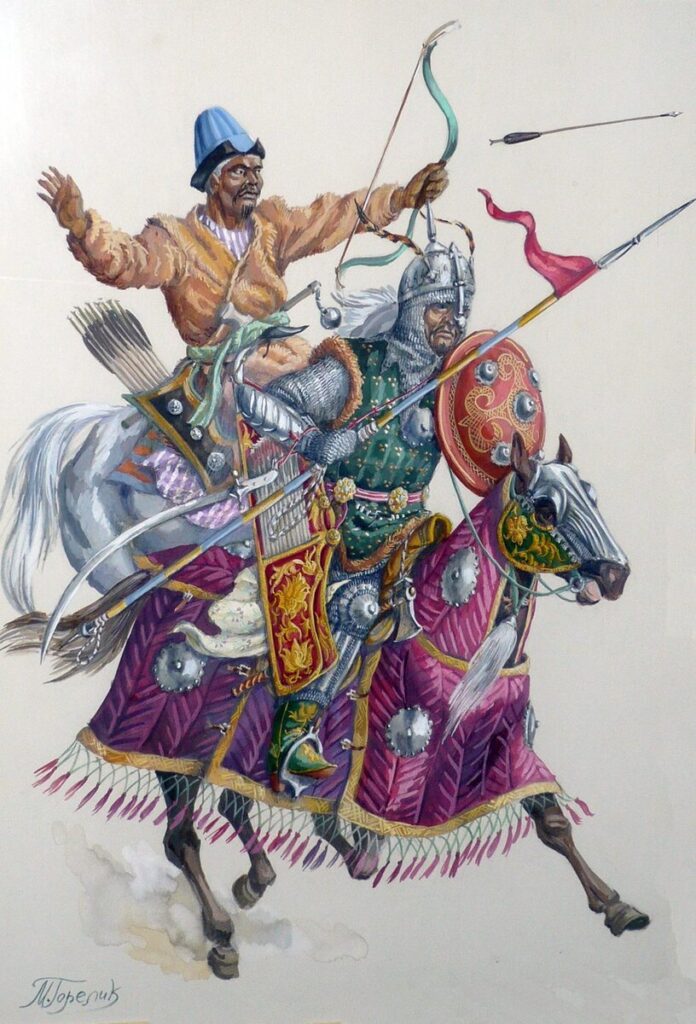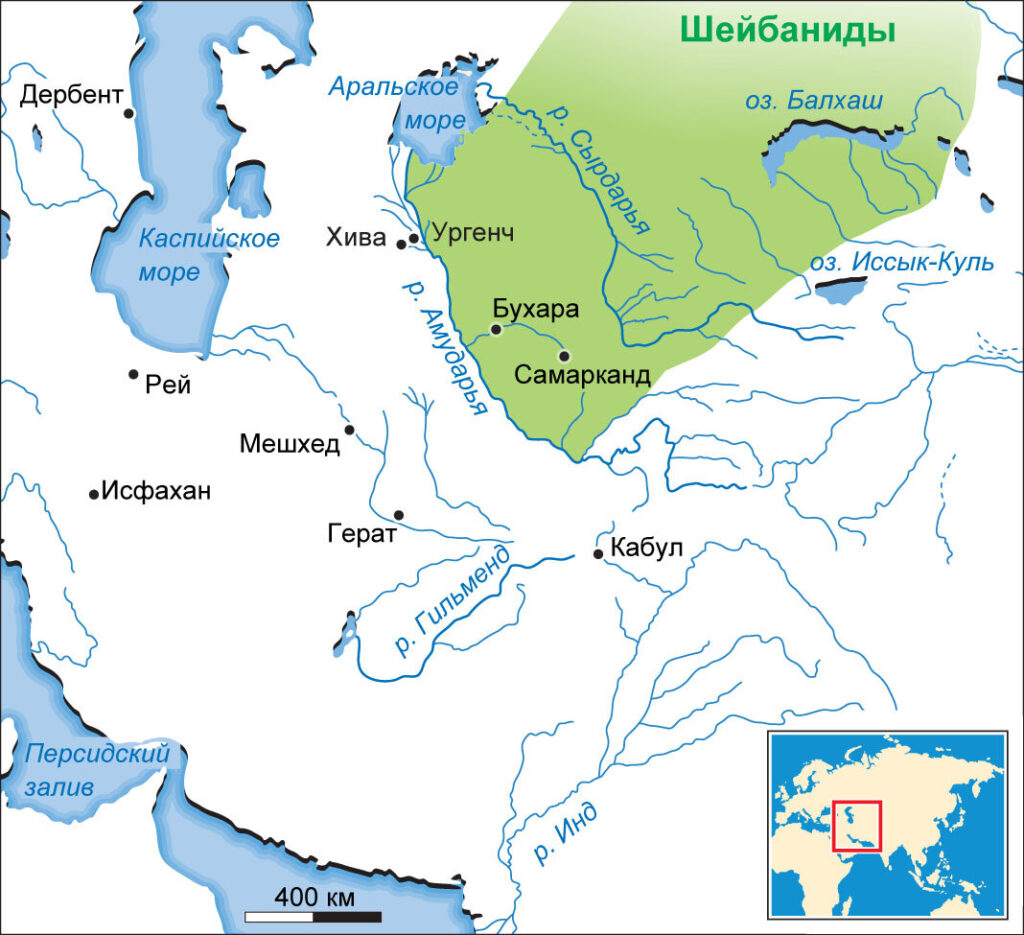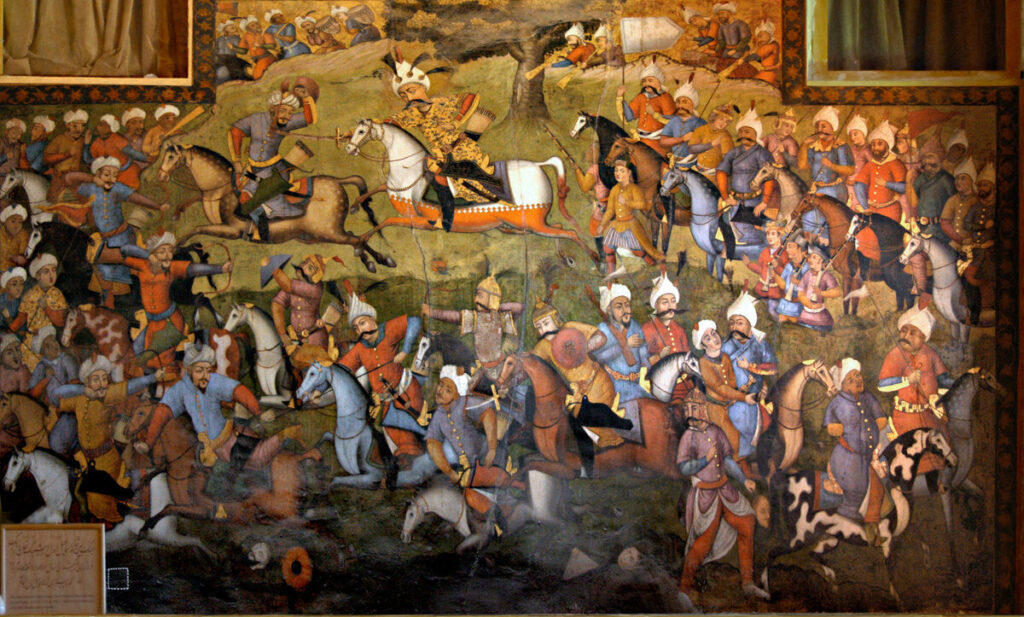In the summer of 1499, the whole of Samarkand was alerted. The signal trumpets of karnai were blaring, the sultan’s guards were hastily lining up at his palace, hastily armed townspeople occupied the sections of the walls allotted to them for defense. It was heard from everywhere with horror: «Uzbeks! The Uzbeks are coming!» By evening, Samarkand was already under complete siege, the nomadic Uzbeks under the leadership of Khan Mukhammad Sheibani began to storm it. It seemed that a little more, and Samarkand would fall at the feet of the conquerors, but then help from Bukhara finally came to the city, the Samarqandans only rejoiced at it for a short time, Mukhammad Sheibani deployed his army, defeated reinforcements from Bukhara and besieged it, which ended 3 days later with surrender without a fight, after which he again approached Samarkand and This time he took it by storm. Thus began the ongoing era of domination in Central Asia by the people known as the Uzbeks.

Modern Uzbeks in national costumes.

The capture of Samarkand by Mukhammad Sheibani in 1499, which marked the emergence of the Uzbek people.
The Uzbek people owe their origin to the Mongol conquest of Central Asia in 1216-1224, when a mass of Turkic refugees left for the Jochi Ulus, which occupied the lands of modern Kazakhstan, but by the middle of the XIV century it also disintegrated, a civil war (the «Great Jam») began, in which the Turks of Kazakhstan found themselves on different sides of the barricades, only in 1428 the Turks, who lived in the interfluve of the Irtysh and the Urals, called Uzbeks (from the phrase «uz» — «sam» and «bek» — «lord», i.e. The «independent people»), was united under his rule by the descendant of Genghis Khan Abulkhair, who became the first ruler of the Uzbek Khanate, which included a significant part of the lands of modern Kazakhstan. For 40 years, he ruled his khanate with an iron hand, but after his death in 1468, his numerous descendants fought among themselves and as a result, the Kazakhs, led by Abulkhair’s distant relatives Janibek and Giray, seized power in most of the Uzbek Khanate.

Map of the Uzbek Khanate (1428-1468).

Warriors of the Uzbek Khanate.

Muhammad Sheibani (1451-1510).
It seemed that the Uzbek people had disappeared from the historical scene forever, but then Abulkhair’s grandson Muhammad Sheibani appeared, who raised the remaining Uzbeks to fight the Kazakhs and Timurids, but the war with the Kazakhs turned out to be fruitless and then the Uzbeks turned south to Central Asia, where most of the population was opposed to the Timurids, who could no longer do anything like have fun and tear 10 skins from the common people. The conquest of Central Asia was easy for Muhammad Sheibani, in 1507 the last Timurid fled to Turkey.

The map of the Sheibani state.
Having risen to power, Muhammad Sheibani set about the internal policy of his state, in a short time putting in order everything that the Timurids had destroyed, but along the way he had powerful opponents in the face of the Kazakhs (by this word now meant the population of the former Uzbek Khanate) and the Persians, and if the first Sheibani was able to easily defeat, then the second defeated it near Merv in 1510 and conquered Central Asia, but 2 years later they were expelled from here by the rebellious Uzbeks (now the Turks of Transoxiana and Khorezm were called by this word).

The Battle of Merv on December 2, 1510.
The successors of Sheibani who returned to power could not hold the state they had conquered, already in the first half of the XVI century, civil strife began, ending with the creation of their own state by the Uzbek tribe of Mangits in Bukhara and Kunnart in Khiva, a little later Uzbeks from the Ming tribe created the Kokand Khanate and in this state Central Asia met Russian soldiers in the 1850s.

Central Asia in the middle of the XIX century.
